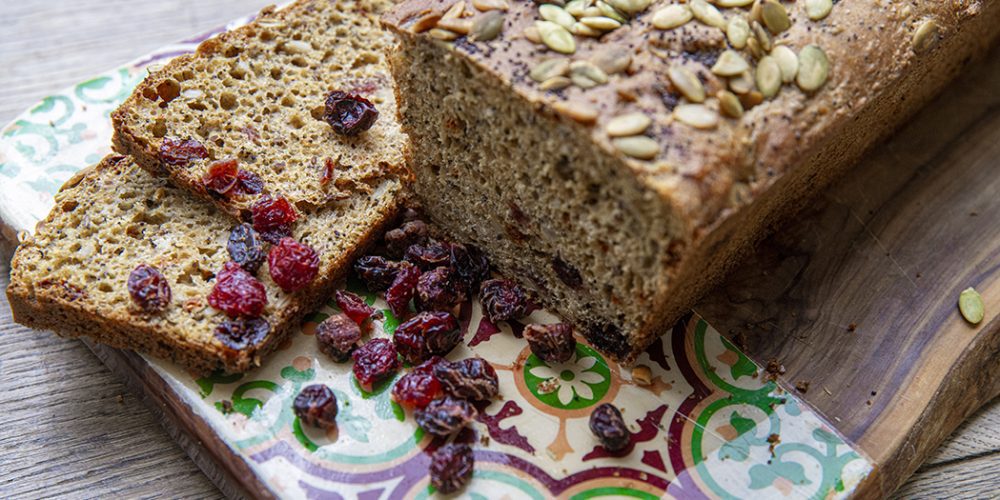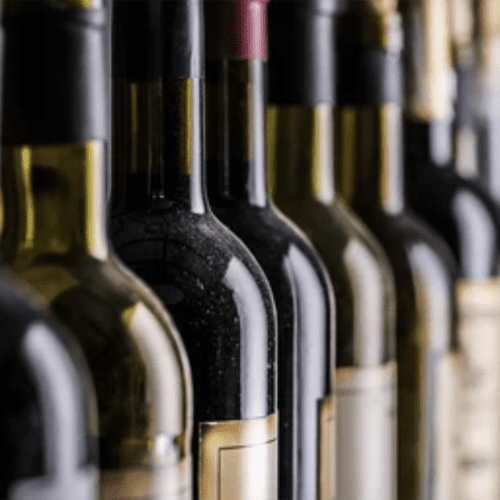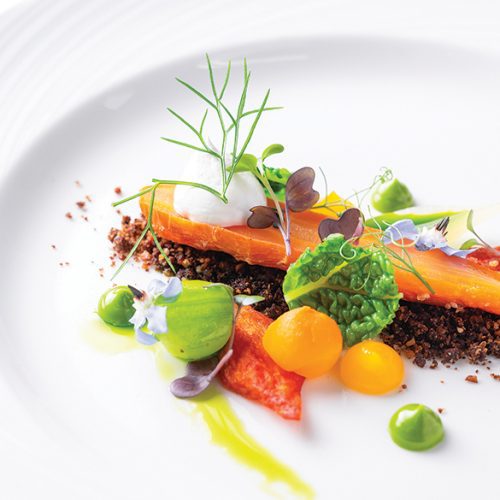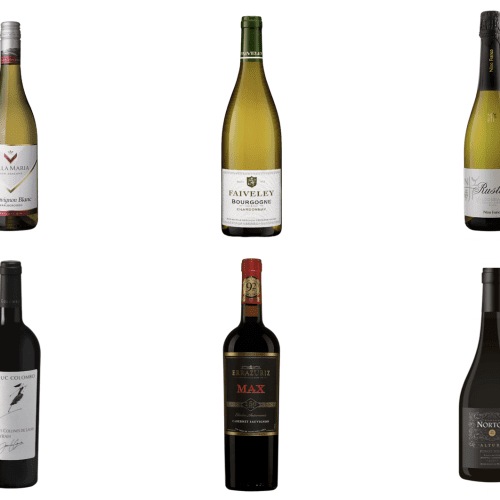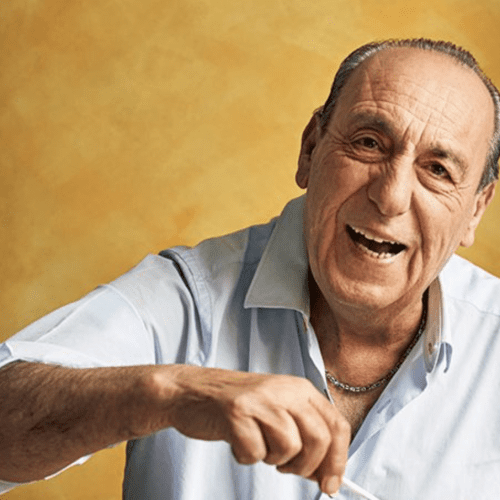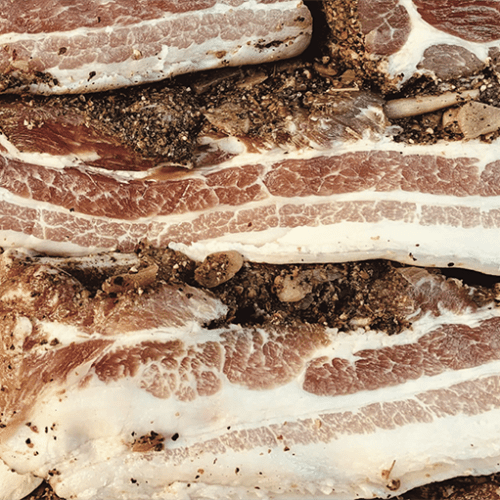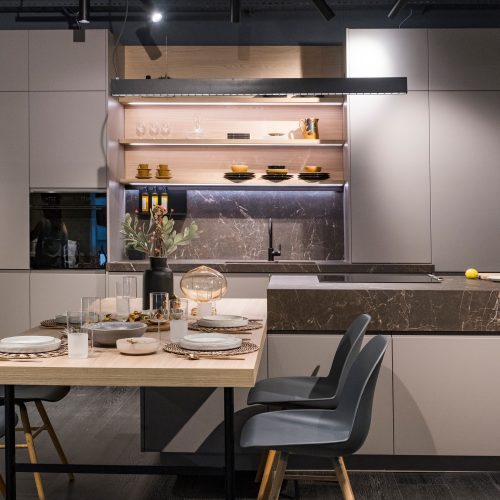“Heritage Malta’s exhibition explores this dramatic event, highlighting its lasting impact on power and human rights.“
The failed slaves’ conspiracy of 1749, Such a palpable event in Maltese history that Heritage Malta is dedicating an entire exhibition to the drama that unfolded throughout it – was not just about the betrayal of trust and the harshest of punishments. It had all the makings of a spellbinding bestseller, including an initial plan involving the poisoning of galley crews and of the Grand Master himself!
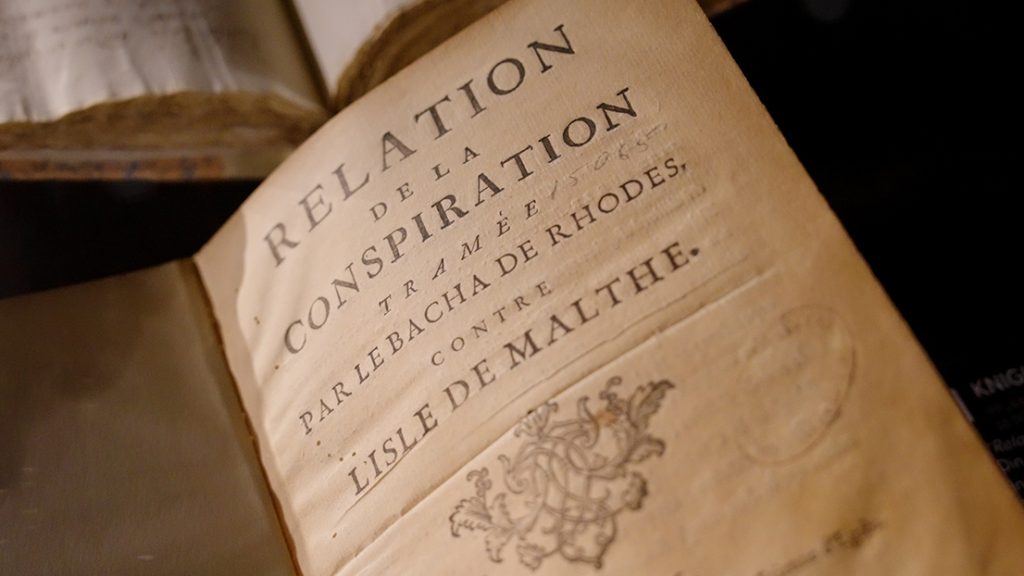
Cutting a long story very short, the slaves’ conspiracy was masterminded by Mustafà, the Pasha of Rhodes, who wished to recover his loss of face with the Ottoman Sultan for having allowed himself to be captured by his underlings during a mutiny which had taken place onboard his own galley. Now a captive at the mercy of his own slaves, the Pasha was handed over to Grand Master Pinto and was only freed after lengthy negotiations influenced by French political interests.
The Pasha lost no time in plotting a revolt to be executed primarily by Malta’s Muslim slaves. The uprising was to start with Grand Master Pinto’s assassination, and progress with the annihilation of the islands’ Catholic priesthood and the enslavement of a large percentage of the population. But fate had other plans.
As luck would have it, the plot was revealed during a brawl in a Valletta coffee shop, whose owner hurried to spill the beans to the Grand Master. Those who were most seriously implicated were brutally killed through unequalled macabre executions. The conspirators were tortured while being paraded throughout Valletta, and some were quartered in the harbour. Other conspiring slaves were beheaded, their heads displayed in metal cages at Fort St Elmo, while others still had their throats slit and their corpses burnt on a pile of wood. Ironically, the Pasha got away scot-free, much to the wrath of the slaves who had tried to bring his plan to fruition.
To commemorate the 275th anniversary of this foiled plot which could have taken Malta’s history down a completely different course, Heritage Malta is holding the exhibition ‘Betrayal and Vengeance: The Slaves’ Conspiracy of 1749 in 19 Historical Drawings’, at the Inquisitor’s Palace till the end of March 2025. The immersive display analyses one of the most intriguing periods in Maltese history through 19 drawings and more than 58 news sheets exchanged between Inquisitor and Apostolic Delegate Paolo Passionei and the Vatican between 1748 and 1751.
Passionei was the longest serving Inquisitor in Malta, his tenure of office lasting eleven years (1743–1754). He kept the Pontifical Secretary of State, Cardinal Silvio Valenti Gonzaga, constantly updated about the slaves’ plot and its aftermath. The correspondence was brought to light thanks to Professor William Zammit, Who stumbled on it while carrying out research at the Archivio Apostolico Vaticano in Rome and went on to publish a book about it entitled Slavery, Treason and Blood, a Heritage Malta publication.
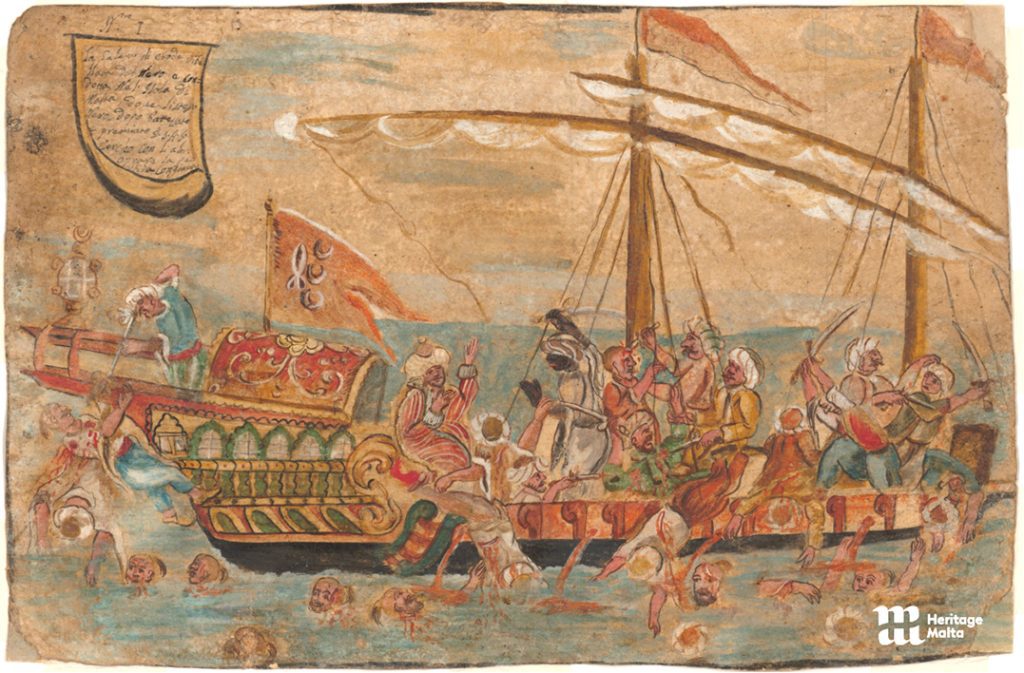
One of the letters in this correspondence, dated 27th September 1749, states that a slave from the galley San Nicola, under duress, had revealed several interesting facts.
“The newly-tortured slave,” writes Passionei, “has provided more details as to how the squadron was to be taken over and the acquisition and use of the poison which he himself had distributed on all the ships. The poison, which the Pasha had endeavoured to bring over from Tangiers, was to be mixed with wine to poison the crew and the troops, and with coffee and chocolate which was drunk by the knights and officers. This was planned to take place during the days of Muslim abstinence, so that no suspicions would be raised as to why the slaves did not partake of the wine. Once the poison started to take effect, and a sign from the Capitana was given, the Muslims on board were to use any available weapon to kill those Christians still alive. Taken over by its slaves, the Order’s squadron would then be directed towards Algiers.”
Passionei elaborates that, “To everyone’s horror, it was further revealed that most of the poison was to be used on the island itself. The water supply and the major wells in Valletta were to be poisoned, while the slaves working in the Order’s bakery in Valletta were also to use it for the preparation of bread. The Pasha’s deep involvement in this use of poison further aggravated his position in the eyes of the knights and the Maltese, while the slaves themselves are besides themselves with rage for having to pay for his crime with their own blood. This fact, many of them declare, prevents them from accepting baptism in that they cannot bring themselves to forgive the one who proved to be the cause of their suffering.”
It also transpires that originally Mustafà Pasha had tried to persuade Imselliti, Grand Master Pinto’s favourite slave, to poison his master’s coffee, but the slave had flatly refused since suspicion would immediately have fallen on him. The plan was then changed to have the Grand Master slain with a dagger.
Keeping in mind the cultural and social framework of early modern Malta, this event in Maltese history is truly outstanding. This is a story with so many facets to ponder, and whose ramifications echo to this day in such a wide array of spheres, that it would have been impossible for Heritage Malta to overlook it.
The medium through which Heritage Malta is recounting it is well worthy of study as well – 19 drawings that are the handiwork of an anonymous artist who must have witnessed firsthand the gruesome events, given the detail and the historical accuracy depicted. Originally a set of at least 24 drawings, the 19 on display were donated to the Malta Museum in 1909/10. They greatly assist in corroborating Inquisitor Passionei’s accounts to a fault.
Visitors of this exhibition are being urged to stop and think, and to engage in discussion – about human nature and respect for human life; about slavery; about torture and execution; about betrayal and vengeance; about a myriad topics thought to be confined to history books but sadly still with us to this day.
The opening hours of the Inquisitor’s Palace are from 9:00am till 5:00pm. From March till December, the palace is closed on Mondays, while in January and February it is closed on Mondays and Wednesdays.



